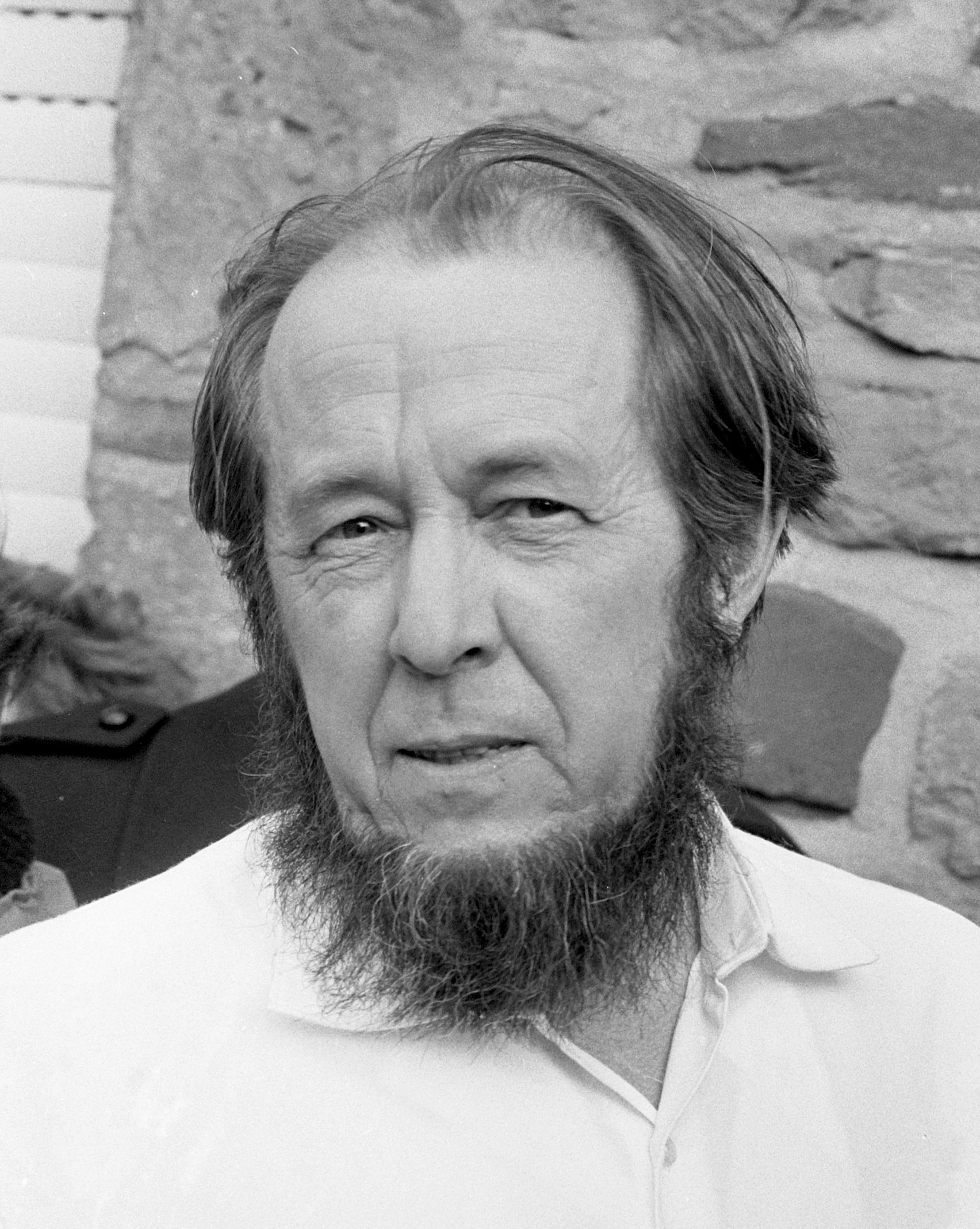Aleksandr Solzhenitsyn
Pages 33-68
Solzhenitsyn and the Gulags
One Day in The Life of Ivan Denisovich is, like the name itself states, a book that narrates the events that occur during a day our protagonist spends at a fictional Gulag in Siberia. This camp is thought to represent the one Solzhenitsyn was sent to in 1950, seeing as the novel states the story takes place in January of 1951 right after the tragic events of WWII had destroyed Russia economically. And while, despite his deteriorating health, Stalin still managed to keep a firm hold on the USSR's communist government (Synonym 2015). This is reflected in the book in an exchange between Shukov and Buynovsky, who jokingly announces a Soviet Decree in page 57.
A Gulag near Moscow in the 1950s
It is also important to note that as Mr. Eric Beck told us in his lecture earlier this year, not much was known about these labour camps. In fact, so little is known that it is still unsure how many people were sent off and how many people died working there, there is only an estimate. And therefore, like those who deny the existence of the Holocaust, many deny the existence of the gulags.
However, Solzhenitsyn is living proof of their existence, having been imprisoned in one for eight years and known internationally for raising global awareness of the gulag and the Soviet Labour system (Wikipedia 2015). Tirelessly attempting to show the world and tell them about how much more there was to communist USSR until his death in 2008. Nevertheless, one cannot say his mission failed, at least not completely, because One Day in The Life of Ivan Denisovich, along with his many other works have already alerted the world of, if not the existence of gulags, the possibility of their existence.
Aleksandr Solzhenitsyn 1974



Gabi,
ReplyDeleteI liked how you used lots of different sources to describe to us more about the book. I really liked your second paragraph, it definitely pushed my thinking forward. I think to fix your post, you should add a few more images to help us understand your post more in a visual way. Overall, I thought you did a really good job.